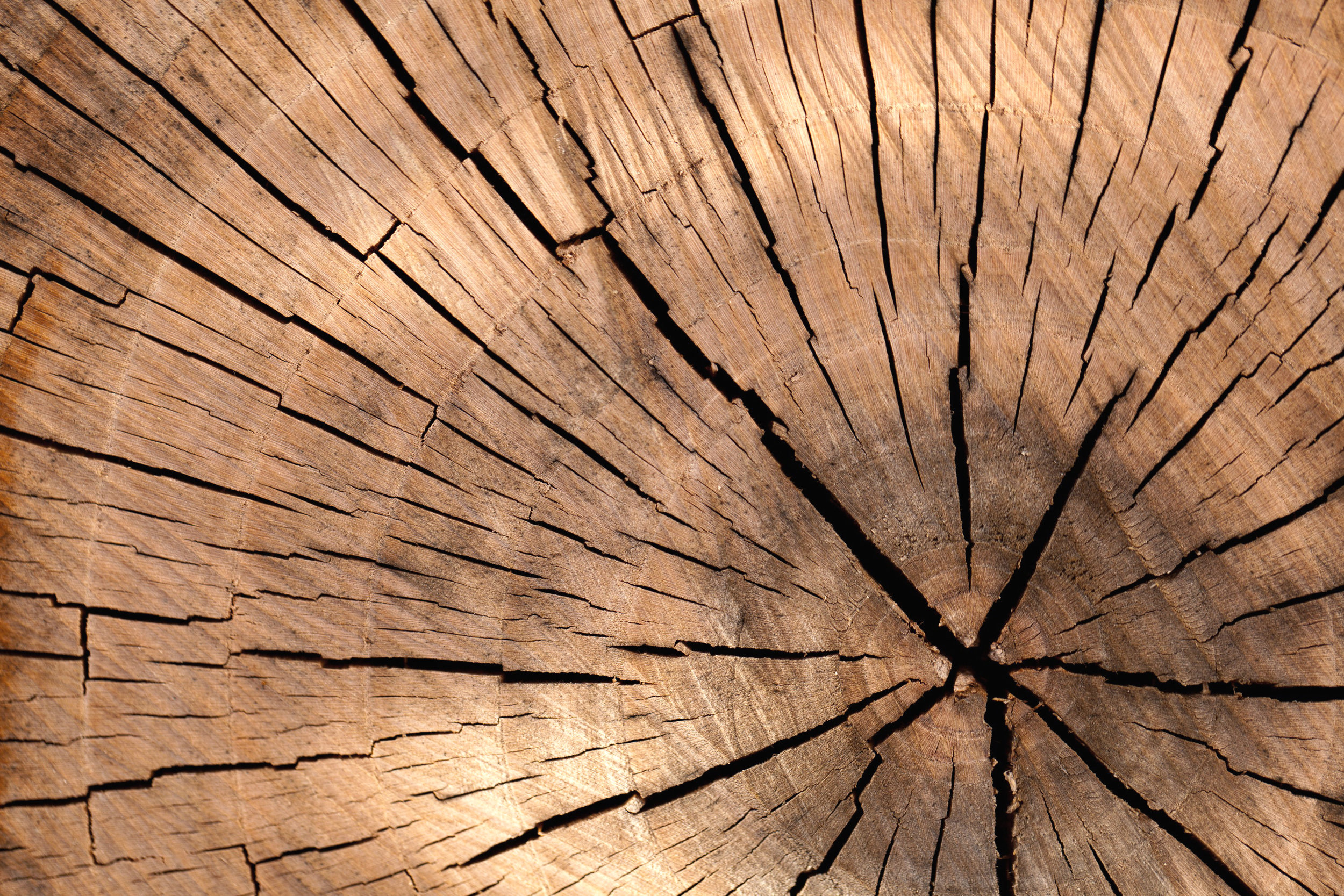resource-positive buildings are possible !
Partner und Partner Architects
TIMBER RE-IMAGINED
... timber, one of the oldest hi-tech building materials in the world
To create the future, often one need only look back at the achievements of the past
Timber is cozy, atmospheric and, as a natural material, and has many other advantages. It has an enormous structural capacity together with low weight - it is stable and elastic at the same time. Timber is versatile, easy to work and has a positive effect on the indoor climate as it absorbs and releases a great deal of moisture. Wood cells also destroy germs, thereby contributing positively to room hygiene.
A four cubic centimetre cube of fir timber can carry four tons of weight. This makes timber stronger than concrete!
In spite of all these incredible properties, timber has been increasingly forgotten as a material in recent years or has given way to other forms of construction. All the economic and environmental benefits can now also to be exploited in urban applications. The accelerated pace of technical developments in recent years have opened up the opportunity to use timber as an essential element in high-rise construction.
tree population
120
Mio. m³ grow each year in German
Timber is available in SUFFICIENT quantitieS
12%
from the annual timber harvest of 80 million m³ in Germany would be enough to build the entire planned volume of new housing using timber construction.
ADVANTAGES OF TIMBER
ECOLOGICAL, HEALTHY AND COMFORTABLE
ALLERGY FRIENDLY
The positive effect of timber on our biology is scientifically proven. Untreated timber surfaces have antistatic properties and thereby reduce dust. Its antibacterial properties improve hygiene in everyday life. Timber has a positive effect on our health.
TIMBER CALMS
A study by the Human Institute in Graz, Austria has shown that less stress hormones are released by people in a timber environment. As a result, our hearts beat up to 8,500 times less every day and a restful sleep encouraged. This increases our performance, creativity and zest for life.
COMFORT
Timber regulates the indoor climate as it absorbs excess moisture from the air and can release it again. The cell structure of the timber is also extremely insulating - it stays cool in summer and warm in winter. The microstructure of the timber surfaces, unfolds in living rooms a pleasant sound-absorbing effect.
WELL-BEING
ECOLOGICAL
Timber is a pure renewable material that for decades, even centuries, has been considered the ideal building material. At the end of a building’s lifespan, timber can be recycled and reused. At the end of the recycling chain, timber can return to nature again as nutrient for further forest growth.
ENERGY EFFICIENT
The insulating properties of timber are 15 times better than cement and 400 times better than steel.
A timber wall with a thickness of only 25 cm has better insulating properties than a 1 metre thick brick wall and in contrast to ETICS systems, timber does not lose its insulating and protective properties over time.
ECONOMY
Timber enables extremely short construction times, low maintenance costs, low energy consumption and a long service life without contaminating sites. This ensures lasting value of the building. Significantly thinner walls increase valuable area.
Fast, weather-independent construction methods reduce on-site assembly times and therefore costs.
FACTS AND FIGURES
It's good to know...
The world today faces immense challenges. It has to develop answers to the important questions of the 21st century. These include resource depletion, global warming and population growth. The construction industry has a special responsibility here, because it plays the decisive role in resource and energy consumption.
EnergY
10%
of global energy consumption goes into the manufacture of cement.
CARBON DIoxid
50%
European CO2 emissions are genrerated in the management of property.
CRUDE OIL
25%
of all crude oil extracted goes into the manufacture of palstics.
TOXINS
40 Mio
Square meters of toxic polystyrene ETICS are fitted annually in German without a proper disposal strategy.
share of global resource consumption in building construction
CARBON DIOXIDE
33%
EnergY
35%
RAW MATERIALS
45%
WASTE
66%
Co2 EmissionS FROM CONVETIONAL PRODUCTION
Source: Ecological building material catalog of the institute for building biology Vienna




